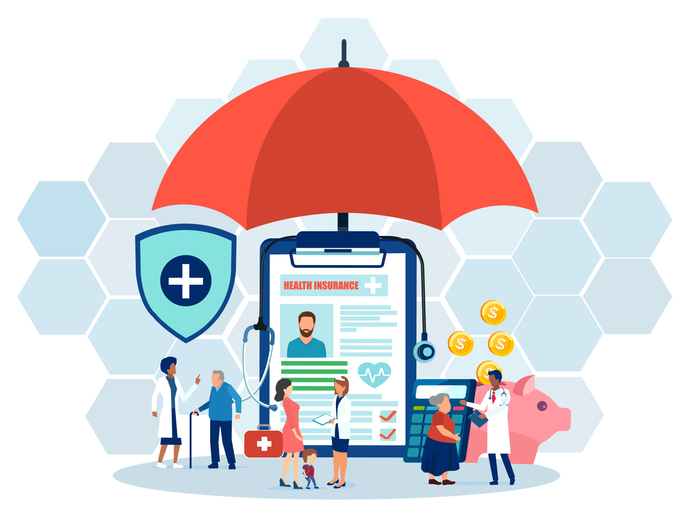When Dallas Presbyterian Hospital initially attributed its mishandling of America’s fist Ebola patient to its EHR system, it triggered a wave of discussion on the effectiveness of EHRs, highlighting provider dissatisfaction and the usability of such systems.
While the hospital walked back the statement (undoubtedly after the vendor, Epic, took strong exception to the claim) the discussion is important as new EHR technologies emerge. Simply put, a cloud-based, software-as-a-service EHR would have likely helped the hospital avoid the mistake, even if the client-based server EHR isn’t technically to blame.
That’s the view from Dan Piekarz, vice president of business development, life sciences, for DataArt, a custom software firm heavily involved in health IT and the life sciences.
“It became pretty apparent that it may not be a glitch or bug,” he said. “What they had was a bad configuration.”
It’s not unique to Dallas Presbyterian, either.
“Most hospitals configure their EHR systems to specifically fit the work flow of their facilities, which in turn creates a disjointed system where certain things – in this case travel history – are easily overlooked,” Piekarz said.
And that, he said, is an inherent flaw of server-based client systems versus cloud-based software that removes much of the configuration and maintenance of an EHR system.

A Deep-dive Into Specialty Pharma
A specialty drug is a class of prescription medications used to treat complex, chronic or rare medical conditions. Although this classification was originally intended to define the treatment of rare, also termed “orphan” diseases, affecting fewer than 200,000 people in the US, more recently, specialty drugs have emerged as the cornerstone of treatment for chronic and complex diseases such as cancer, autoimmune conditions, diabetes, hepatitis C, and HIV/AIDS.
“In essence, you have a system that is so large, so complex, if you don’t have someone overlooking it, you run into these problems,” Piekarz said.
The benefit of a SaaS approach is it’s much more easily controlled.
“You would see something happen to one client maybe because of configuration, solve it for one client and identity who’s at risk – you can do that with a SaaS because you have access to the database in your cloud,” he said.
Scores of EHR companies are going forward with the cloud-based approach, among them athenahealth, QPID Health, Practice Fusion, and dozens of others. But most hospitals are still wedded to the client-server approach because of Meaningful Use and the subsequent implementation and investment that came with that.
“With the client-server focus approach, it’s now in the client’s hands to figure out, and I think that’s one of the key issues,” Piekarz said, adding that while Meaningful Use was a laudable goal, “it doesn’t seem to be working as well as the industry envisioned, but it’s a great vision.”
Another key problem is whether EHR systems can talk to each other – that illusive goal of interoperability. The client-server setup makes that much more difficult versus a cloud-based approach. Of course, a host of other challenges prevent true interoperability, among them a patchwork of differing state regulations and HIPAA compliance, to name just a couple.
On top of that, a good deal of hospital systems either still are or have traditionally been leery of the cloud, with legitimate concerns over security and stability.
“A lot of clients are afraid – can we rely on the Internet for this critical part of our business?” Piekarz said. “I think that’s probably the biggest issue holding back hospitals today. I think it’s the fear of being in a system where you don’t control the network that your EHR is on. I think that gets a bit scary.”
The technology is heading in this direction, but it’s not quite there yet, Piekarz said.














